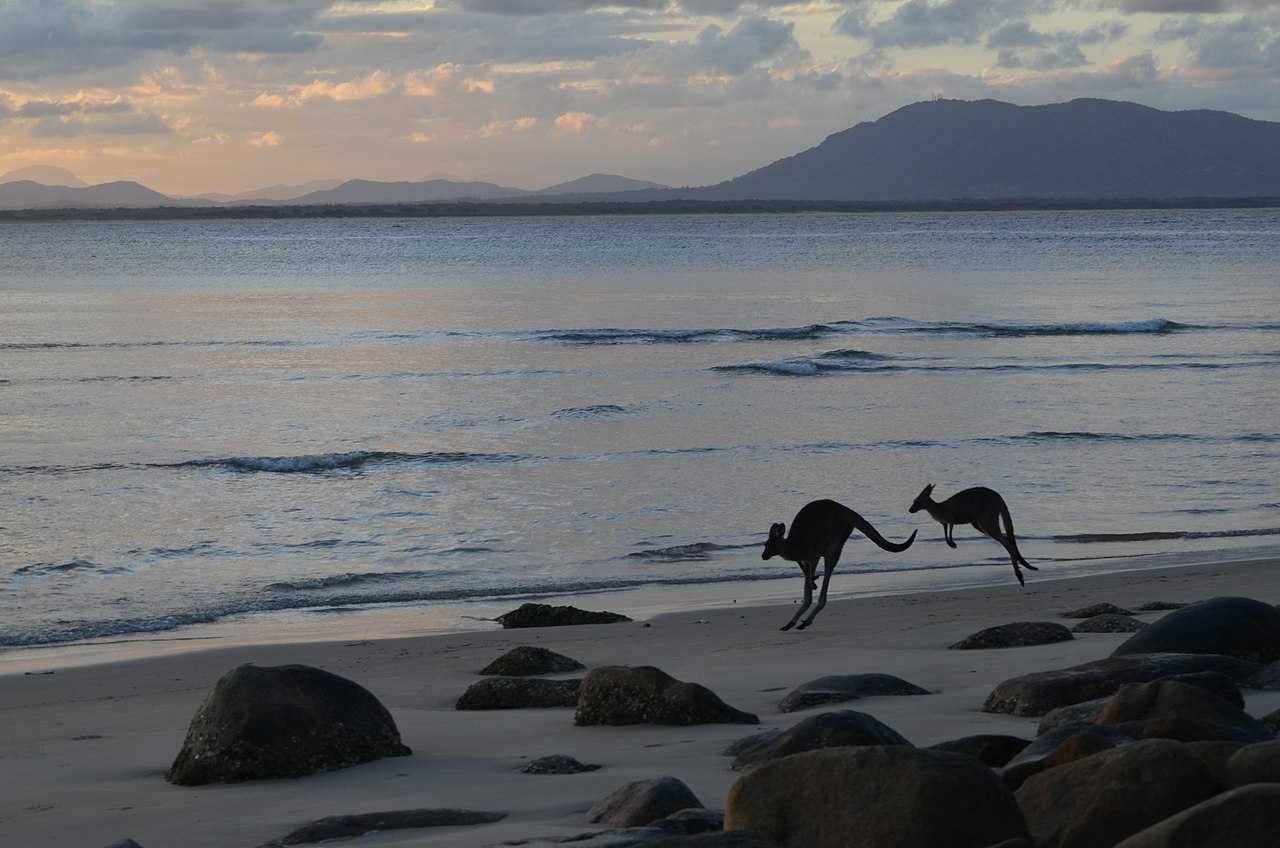In this blog post we present you a personal insight on Wiki Loves Earth from the point of view of Australian Wikimedian User:Gnangarra
As we near the mid way part of WLE in Australia I thought I would share a few observations about what its like to run the event in a country for the first time. The first step took a little bit of work to establish but nothing one person can’t co-ordinate. This was followed by a review by a couple of very help people on the organising team who suggested a few additions. Finding judges for the Australian section was fairly easy because I was able to draw on people from GLAM partners who have existing relationships.

Already for WLE we awaited for the first uploads on May 1st and what we received was the ultimate in Austalia’s iconic environment a place at the heart of our national psyche Uluru. From there we have had photos of penguins, pelicans, fish (no chips), seals, Koalas and echidnas. Of course the mandatory kangaroos that visitors to Austria oops I mean Australia are always looking for. With that comes another almost mandatory photo from Arakoon National Park of kangaroos bounding along a white sand beach.

But of course WLE is about the Earth, its natural environment and places that are protected Australia has many of those, some very remote. There’s a litle track known as the Gibb River Road, its one the ultimate challenges for those into 4wding. Travelling along that road you can see the Barnett Range, so remote en Wikipedia doesn’t even have an article yet but we now have a photo, a beautiful 8000 px 53mb panorama that also demonstrates just how vast and remote parts of Australia really are.

As we near that half way point what can I say about WLE; it is really easy to participate – all it takes is one person and a bit persuasion. You’ll be pleasantly surprised by what it produces.
When I put this to WMAU committee for approval for funding of prizes I said WLE could be considered a success with just 500 photos uploaded, and I’d be over the moon with 1000. We passed the 500 figure just 5 days in, now with 750 images uploaded WLE-au is well on the way to surpassing 1000 dare I dream of passing Australia’s most successful photo competition WikiTakes Waroona – 1849 images from 2013.
.
